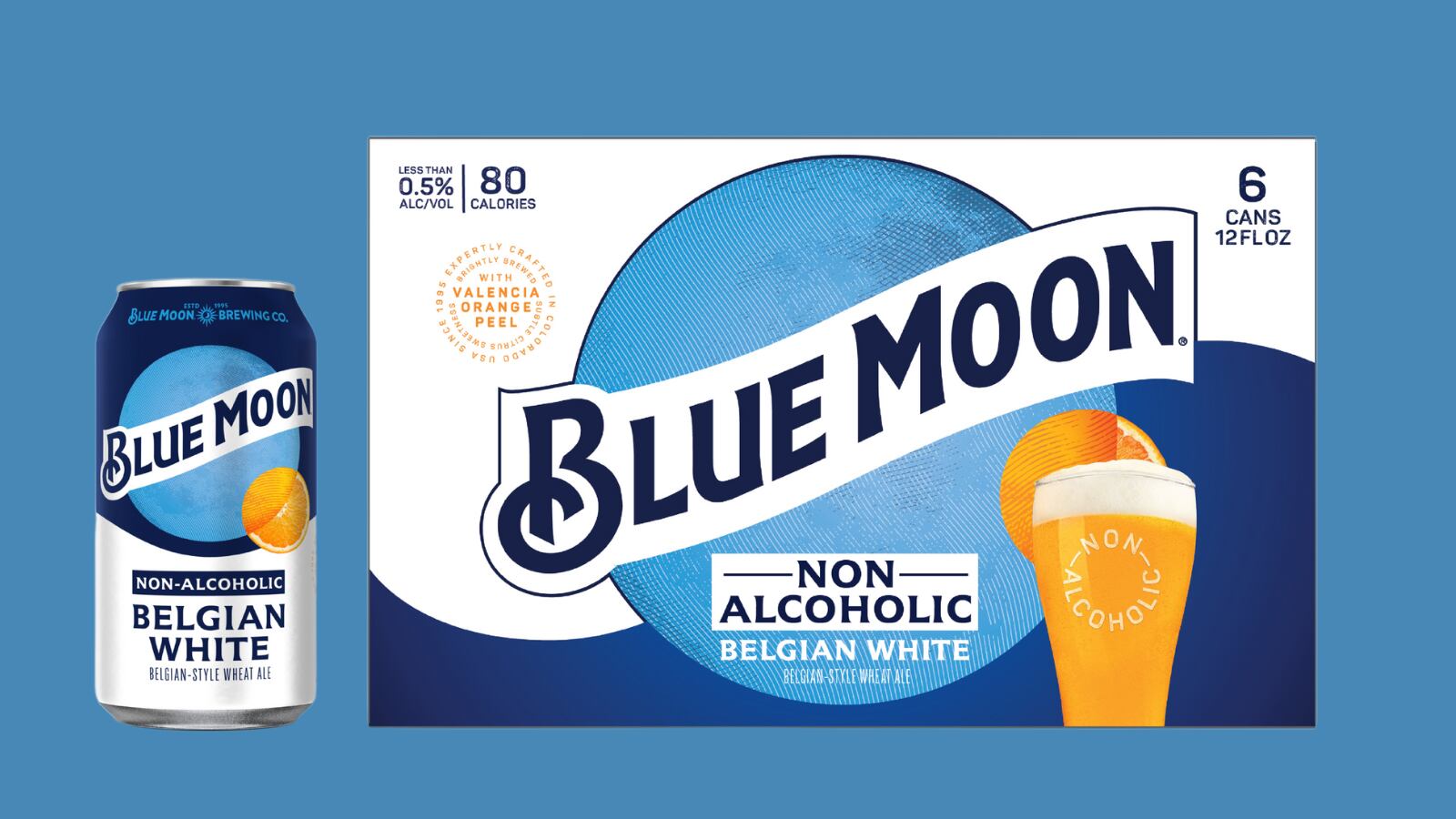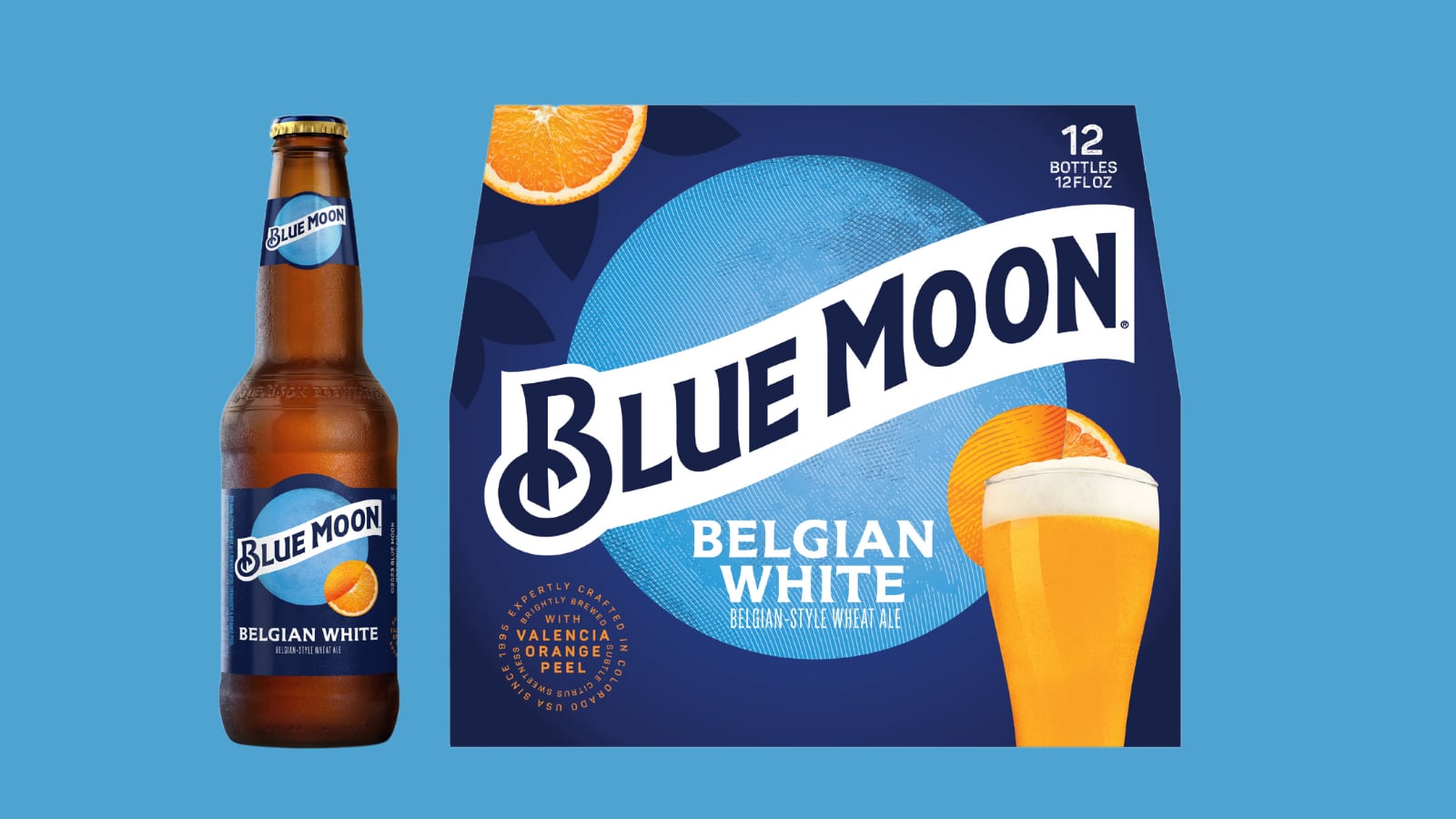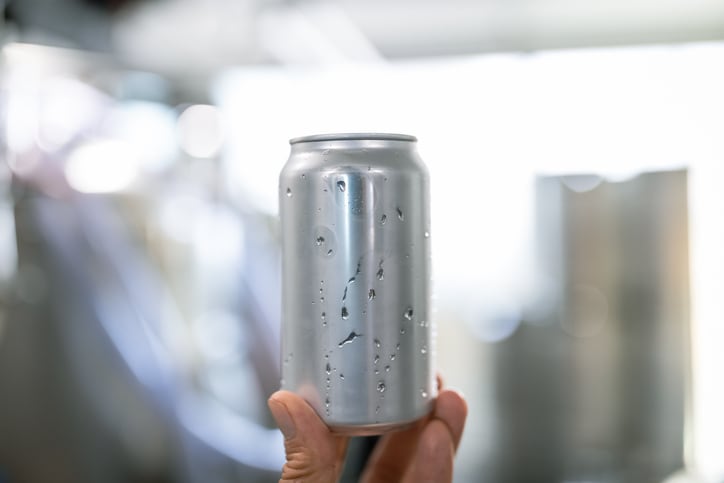The company aims to have a third of its global net revenue come from the above premium portfolio: which includes brands such as Madri Excepcional, Blue Moon, MillerCoors and Peroni.
That figure is currently at around 27%. But in EMEA and APAC, over half of the company’s net brand revenue comes from above premium – and the momentum continues in this direction. Much of EMEA and APAC’s premiumization success has been driven by Madri: a Spanish-style lager which has seen particular success in the UK, where it’s now #2 lager in the on-premise in terms of value.
In the Americas, the above premium share of net brand revenue was 22% for the year, thanks to the Canadian market and Miller Lite as well as Madri. And the 2025 focus will be on driving premiumization in the US.
“In the US, there is work to do, but we see this as an opportunity and we have big plans in 2025,” said Molson Coors CEO Gavin Hattersley in the company’s FY2024 earnings call this month.
“After further finetuning our portfolio last year, including divesting underperforming craft breweries, our resources are focused on scalable opportunities within our expanding above premium portfolio brands in both beer and Beyond Beer."
Molson Coors FY2024
Molson Coors saw net sales decrease 0.6% in FY2024. EMEA, APAC and Canada performed strongly, while the US was challenged by the macroeconomic environment.
“2024 was another year of progress for Molson Coors,” said Hattersley. “We continued to advance our strategy and achieved another year of bottom-line growth. Amid a challenging macroeconomic environment, we continued to support the health of our brands globally and premiumize our business in several markets while developing plans for premiumization in the U.S. in 2025. We enter this year confident, issuing 2025 guidance that both reflects our confidence in our business and that aligns with our long-term growth algorithm.”
In beer, one of Molson Coors' big above-premium bets has been Blue Moon: a brand which has struggled to live up to expectations as the craft beer category softens but was revamped in 2024 with new packaging and a united brand identity.
“In beer, we are moving in the right direction with the Blue Moon brand family as we are starting to see signs of stability,” said Hattersley.
“In fact, the Blue Moon brand family held share of industry in both the third and fourth quarters and took share of craft during both periods. This includes positive momentum behind some of our newer innovations, like the repositioned Blue Moon Light as well as Blue Moon Non-Alc, which has quickly become a top 10 non-alc beer brand.

“And we have plans to build on these results with Blue Moon brand family in 2025.”
Meanwhile, non-alcoholic beverages is a key focus area.
“It provides us the opportunity to capture more occasions, particularly among younger legal age Gen Z consumers,” said Hattersley. “So we are investing behind the growing areas in non-alc where we believe we have a right to win. This too will take some time, but we are making progress.”
Outside of beer, Molson Coors is bullish on the potential of ZOA, in which it took a majority stake last year.
“Plans to accelerate the brand are well underway,” said Hattersley. “It’s early days of the integration, but in the last four weeks to end the year, ZOA grew in both dollar and unit share in total US food. Taking this increased stake allows us to lead the entirety of the brand’s marketing, retail and direct-to-consumer sales development as we drive brand awareness and distribution, leveraging the strength of our network.”
And the company has just invested in tonic brand Fever-Tree: which will see it take on sales, distribution and marketing in the US.



